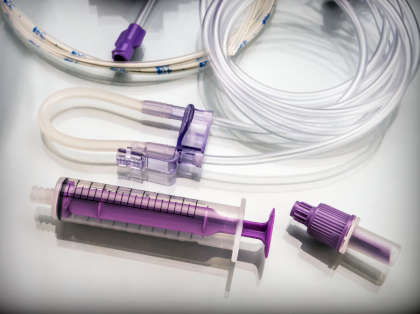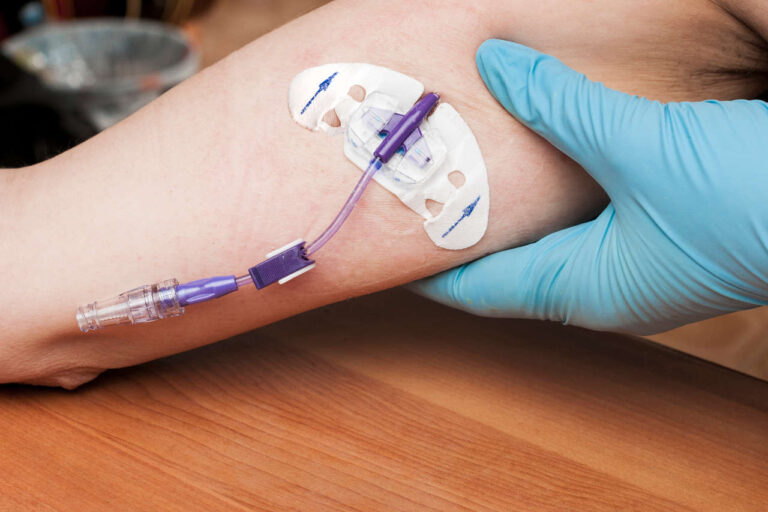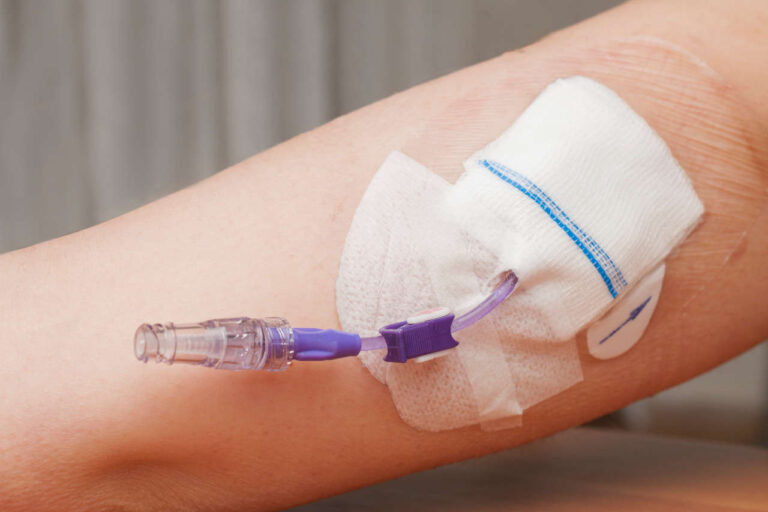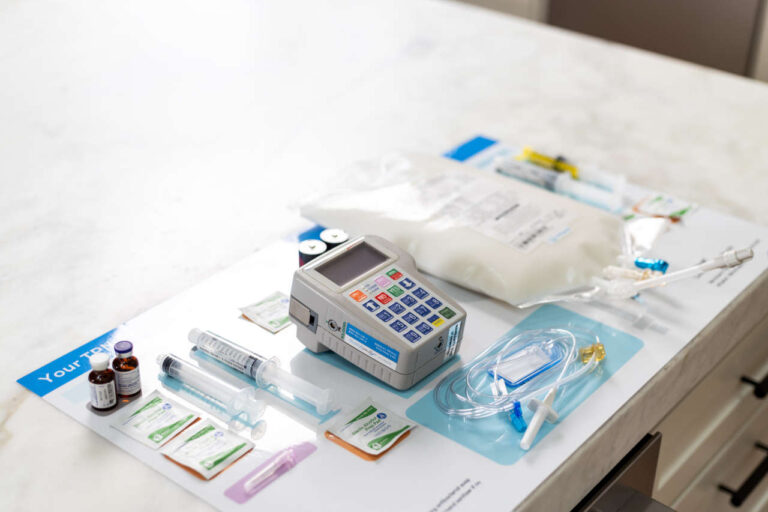
TPN electrolytes are a sterile, concentrated solution of essential minerals, including sodium chloride, potassium chloride, magnesium chloride, calcium chloride, and sodium acetate.
This solution is intended to be used as a supplement in the solution known as TPN (total parenteral nutrition). TPN is a concentrated form of nutrition, consisting of various amounts of amino acids (proteins), lipids (fats), and dextrose (carbohydrates) to meet a patient’s needs.
Your IV Fluids, Always Available
Full inventory, hassle-free accessThe aim of TPN electrolytes is to maintain the electrolyte balance in the patient’s body. The adequate supply of electrolytes during TPN infusion prevents the occurrence of deficiency symptoms that would otherwise arise.
This article provides a brief guideline about TPN electrolytes, including their significance, functions, and the requisite amounts your body needs.
What Are Electrolytes, and Why Are They Added to TPN Solutions?
Generally, your body is made up of 50 – 60% water, which in turn contains a variety of substances, including electrolytes. Electrolytes are ionic minerals with electric charges (either positive or negative) present in your body.
On a daily basis, TPN electrolytes help maintain physiological balance such as acid-base balance and water balance in the patient’s body. The main electrolytes in the body are sodium, potassium, magnesium, calcium, phosphate, and chloride. Some of them are found inside the cells (intracellularly), and some are primarily found outside the cell (extracellularly).
Function of Electrolytes
Each electrolyte plays a significant function in your body, as follows:
- Sodium (Na): Sodium helps to regulate blood pressure by maintaining the water balance. It also conducts nerve impulses and aids in muscle contractions.
- Potassium (P): Potassium contributes to normal kidney (renal) function, helps to regulate the heartbeat, nerve and muscle cell functions, and maintains a healthy blood pH level.
- Chloride (Cl–): The main function of Chloride is to help with fluid balance in the body.
- Magnesium (Mg): Magnesium is an important cofactor for enzyme activities and contributes to the maintenance of regular nervous system activity and amino acid (protein) metabolism.
- Calcium (Ca): Calcium helps maintain appropriate neuromuscular function and is involved in blood coagulation and muscle contraction.
The amount of each electrolyte is calculated according to the patient’s daily requirements.
What Is the Required Concentration of TPN Electrolytes?

Dosage and Administration
Electrolytes are typically required by your body in low concentrations compared to dextrose and amino acid solutions. Each liter of amino acid/dextrose solution receives the addition of one 20 ml volume of TPN electrolytes (multiple electrolyte additive).
Adults normally receive two to three liters of TPN solution per day, along with additional TPN electrolytes.
The TPN solutions with electrolytes are administered at a steady rate, ranging from 83 to 125 ml/hour, for a 24-hour period. TPN solutions containing dextrose and TPN electrolytes are injected intravenously via a central venous catheter.
Usual Concentration of Electrolytes in TPN Mixture
Your healthcare providers calculate your daily electrolyte requirement based on your body weight during the TPN therapy. The concentration (or amount) of electrolytes per liter of TPN infusion mixture is as follows:
- Sodium: The required amount is 100 to 150 mEq.
- Potassium: The required amount is 50 to 100 mEq.
- Magnesium: The required amount is 8 to 24 mEq.
- Calcium: The required amount is 10 to 20 mEq.
- Phosphorus: The required amount is 15 to 30 mEq.
An imbalance in the amount of any TPN minerals can pose a significant risk to a patient’s health, ranging from mild discomfort to severe, life-threatening complications.
Speak to a Specialist About Copay Assistance
What Are the Risks of TPN Electrolyte Imbalance?
The risks associated with TPN electrolyte imbalance depend on which type of mineral is imbalanced. For instance, calcium imbalance may increase the risk of hypocalcemia in patients with impaired gastrointestinal function. Similarly, sodium imbalance can cause hyponatremia, while potassium imbalance can increase the risk of hypokalemia or hyperkalemia.
Imbalance in electrolytes also leads to various other conditions like cardiac arrhythmias, fluid imbalance, kidney dysfunction, neuromuscular complications such as muscle weakness or spasms, and metabolic disturbances.
Healthcare providers typically monitor electrolyte levels in the patient’s serum twice weekly to avoid imbalance during infusion.
What Precautions Should You Follow While Receiving TPN Electrolytes?
It is important to take certain precautions to avoid the risk of electrolyte imbalance. Some of the precautions are as follows:
- TPN electrolytes must be diluted in TPN solution before administration.
- Additives of potassium, sodium, calcium, magnesium, or chloride should not be used if you have pathological conditions such as anuria, hyperkalemia, heart block or myocardial damage, and severe edema due to cardiovascular, renal, or hepatic failure.
- It is crucial to monitor sodium, potassium, calcium, magnesium, phosphorus, and chloride levels in the blood during TPN.
- Acetate ions in the TPN electrolyte solution should be used with caution, as excess administration may result in metabolic alkalosis.
REFERENCES:
- TPN electrolytes. (n.d.). https://dailymed.nlm.nih.gov/dailymed/fda/fdaDrugXsl.cfm?setid=c00817bc-7b62-4abe-0280-e7930eda3f94&type=display
- Hamdan, M. (2023, July 4). Total parenteral nutrition. StatPearls – NCBI Bookshelf. https://www.ncbi.nlm.nih.gov/books/NBK559036/
- Schmidt, G. L. (2000). Techniques and Procedures: Guidelines for Managing Electrolytes in Total Parenteral Nutrition Solutions. Nutrition in Clinical Practice, 15(2), 94-109. https://doi.org/10.1177/088453360001500208












